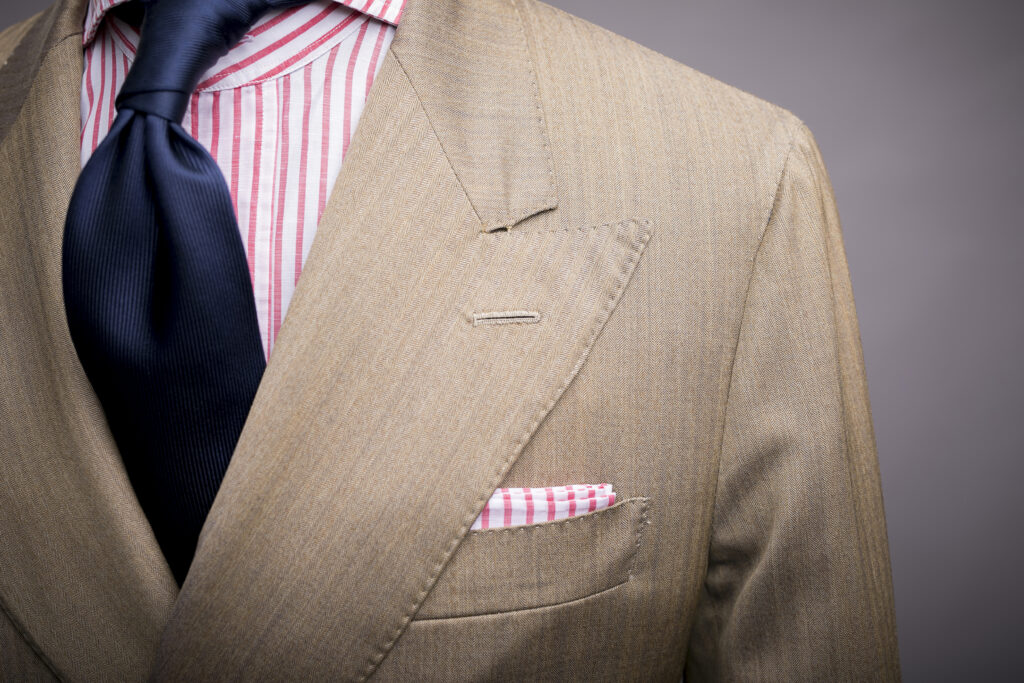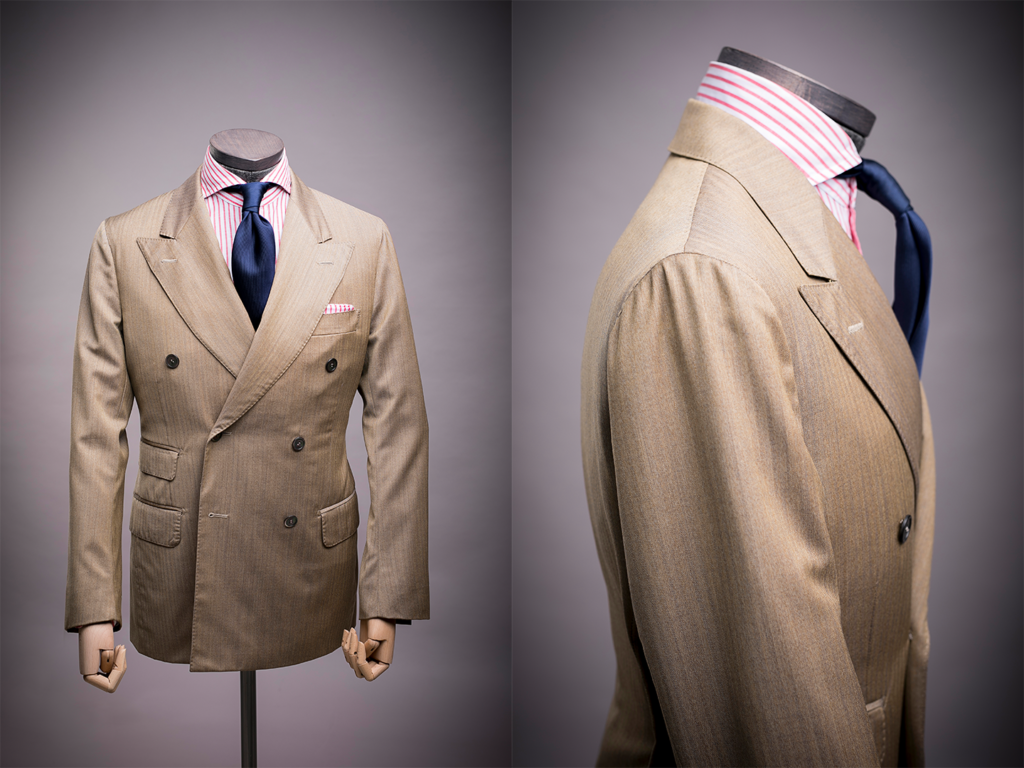The origins of Solaro fabric are quite fascinating and rooted in a blend of practical innovation and historical context. Here’s a detailed look at its development and background:

Origins and Development:
1. Early 20th Century Innovation:
- Solaro fabric was developed in the early 20th century, primarily as a functional textile designed to address the needs of British colonial officers and military personnel stationed in tropical and hot climates.
2. Development by Dr. Louis Westenra Sambon:
- The fabric is omen attributed to Dr. Louis Westenra Sambon, an Italian-born British physician and parasitologist. In his research on tropical diseases, Sambon aimed to create a fabric that would protect wearers from the harmful effects of the sun while also being comfortable in hot environments.
- Sambon patented the fabric in the early 1900s, and it was initially produced by the British textile industry.
Fabric Characteristics and Purpose:
1. Reflective Qualities:
- Solaro fabric was designed to reflect sunlight and thus reduce heat absorption. This characteristic made it particularly suitable for military uniforms and civilian clothing in hot climates.
2. Unique Weave and Color:
- The fabric’s distinctive look comes from its twill weave, which combines yarns of different colors. The most common version features a beige or tan exterior with a red or green undertone.
- This dual-color weaving technique creates an iridescent effect, making the fabric appear to shimmer and change color under different lighting conditions.

ADOPTION AND USAGE:
1. Military and Colonial Use:
- Initially, Solaro fabric was used primarily for military uniforms, providing British colonial officers with a practical solution to the intense heat and sunlight they encountered in tropical regions.
2. Civilian Fashion:
- Over time, the fabric’s unique aesthetic and practical benefits caught the attention of civilian tailors and fashion designers. Solaro began to be used for suits, blazers, and other garments, particularly favored in summer and warm-weather wardrobes.
Legacy and Continued Popularity:
1. Timeless Appeal:
Despite its origins as a utilitarian fabric, Solaro has maintained a place in fashion due to its distinctive appearance and the luxurious quality of the materials used in its production.
2. Modern Usage:
Today, Solaro fabric is still celebrated for its unique properties and is omen used by high-end tailors and fashion houses. It remains a popular choice for summer suits and other garments where both style and comfort are paramount.








